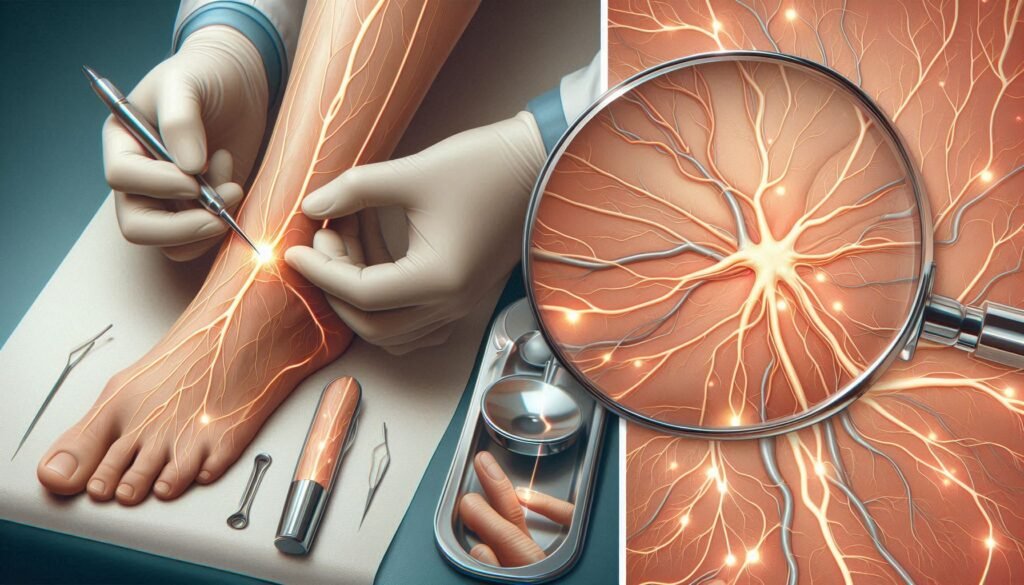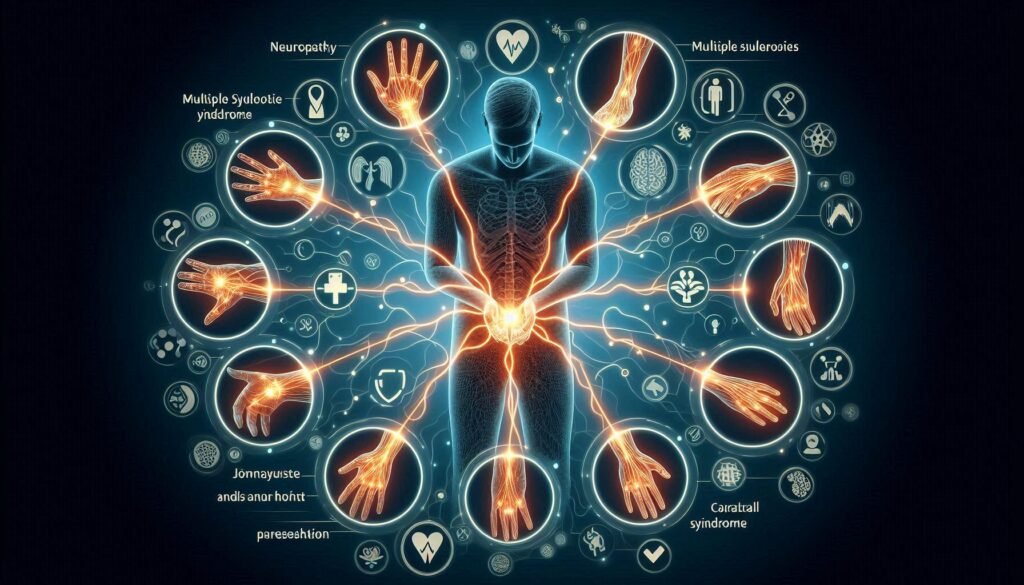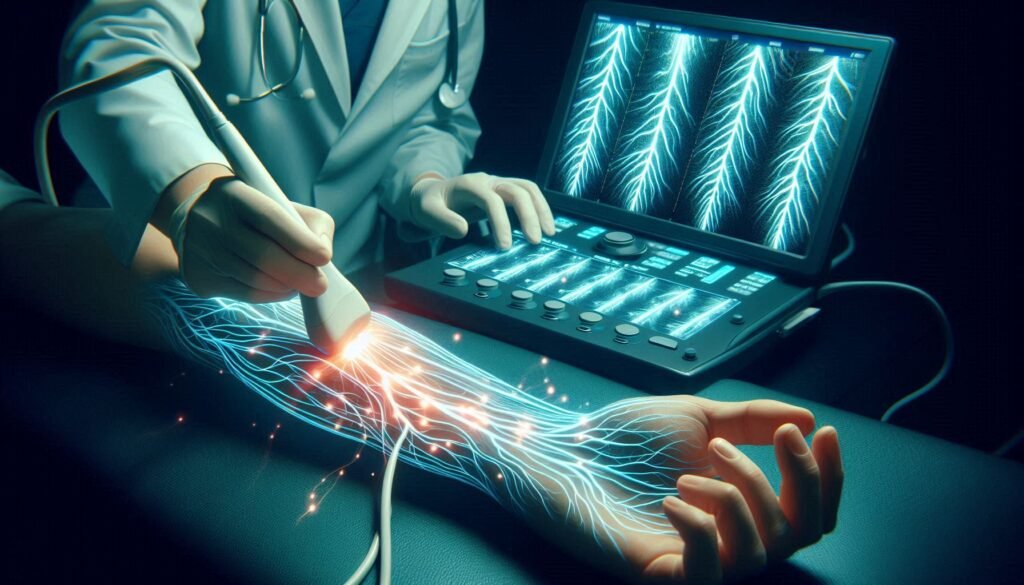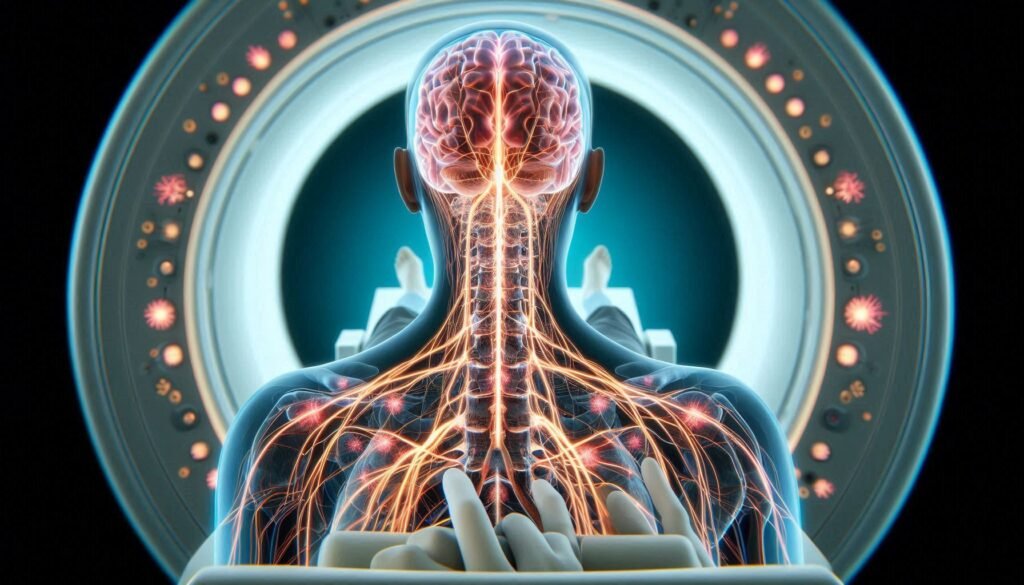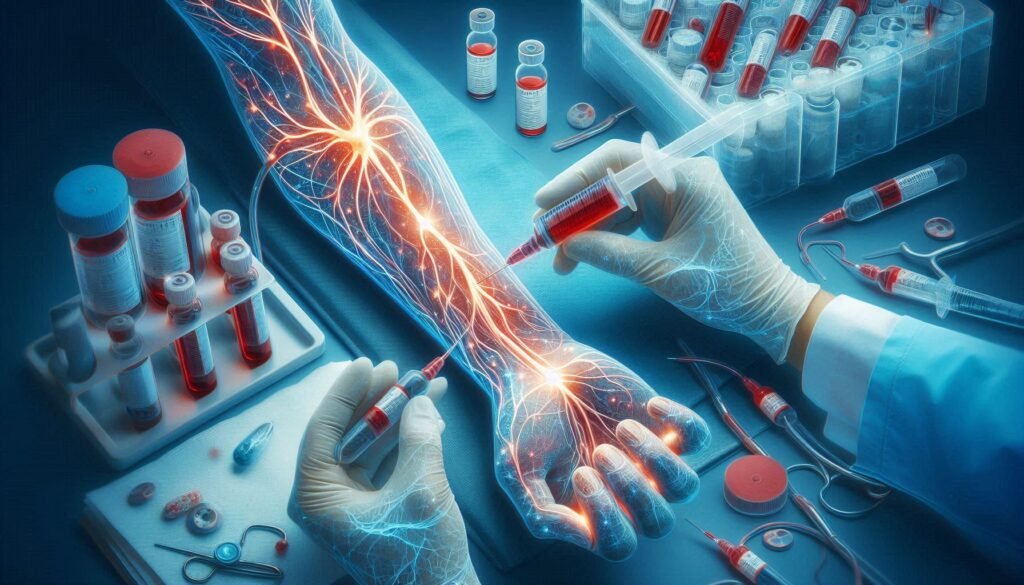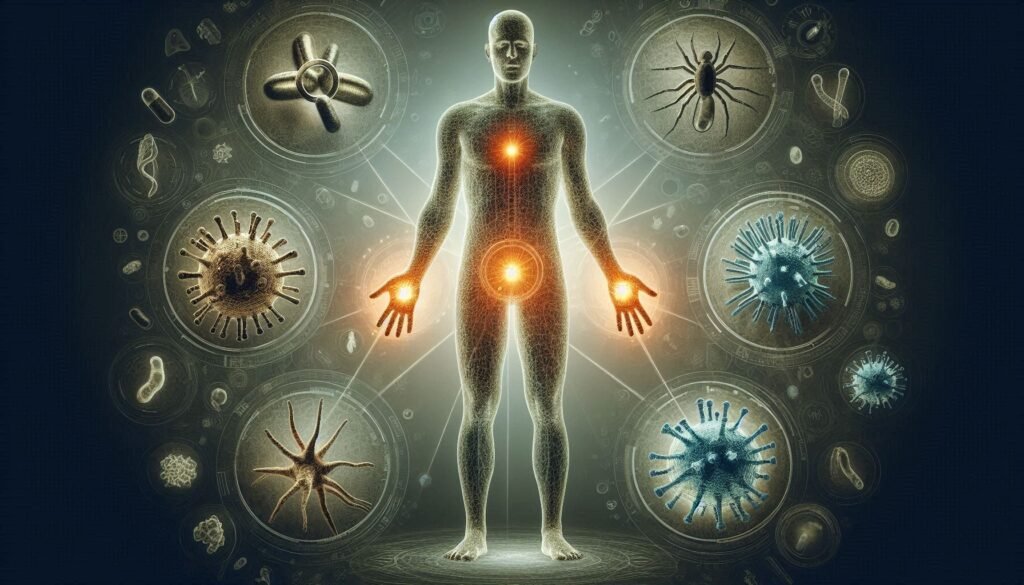Skin Biopsy: A Lesser-Known Diagnostic Tool for Paresthesia
Introduction to Skin Biopsy in Paresthesia Diagnosis Paresthesia, the tingling or numbness that can disrupt daily life, often leaves patients and doctors searching for answers. While many may turn to traditional diagnostic methods like MRI or nerve conduction studies, there’s a lesser-known tool gaining traction in this field: the skin biopsy. This seemingly simple procedure […]
Skin Biopsy: A Lesser-Known Diagnostic Tool for Paresthesia Read More »

